Resources
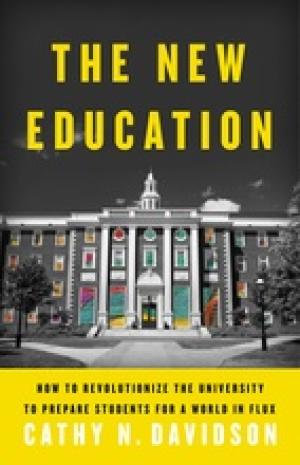
Click Here for Book Review Our current system of higher education dates to the period from 1865 to 1925, when the nation's new universities created grades and departments, majors and minors, in an attempt to prepare young people for a world transformed by the telegraph and the Model T. As Cathy N. Davidson argues in The New Education, this approach to education is wholly unsuited to the era of the gig economy. From the Ivy League to community colleges, she introduces us to innovators who are remaking college for our own time by emphasizing student-centered learning that values creativity in the face of change above all. The New Education ultimately shows how we can teach students not only to survive but to thrive amid the challenges to come. (From the Publisher)
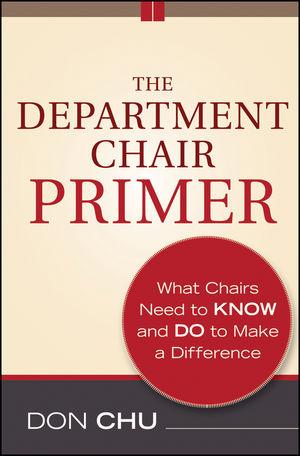
If higher education is to fulfill its vital social mission, new department leaders must be prepared for their positions and get up to speed on the basics quickly, educating themselves about the role and continuing to learn on the job. In this second edition of his classic resource, Don Chu outlines the proven ideas and strategies new department chairs need in order to do their jobs well. Thoroughly revised and updated, The Department Chair Primer contains information that addresses the current pressures and challenges in higher education and offers practical suggestions for responding to them. Filled with illustrative examples, the book gets straight to the heart of challenges and issues. Each chapter details a particular problem, includes a brief introduction to the topic, and provides tips on how to deal with the situation. Covering a wealth of topics, The Department Chair Primer -Explores the chair's role as department leader -Offers suggestions for handling stress and conflict -Includes information on budgeting, resource management, and development -Contains strategies for professional development, people management, and working with challenging personnel -Presents ideas for handling department communications, student development, and strategic positioning Written in a concise and accessible manner, The Department Chair Primer is an ideal resource for the busy new department chair. (From the Publisher)

This second edition of the informative and influential The Essential Department Chair offers academic chairs and department heads the information they need to excel in their roles. This book is about the "how" of academic administration: for instance, how do you cultivate a potential donor for much-needed departmental resources? How do you persuade your department members to work together more harmoniously? How do you keep the people who report to you motivated and capable of seeing the big picture? Thoroughly revised, updated, and expanded, this classic resource covers a broad spectrum of timely topics and is now truly more than a guide—it's a much-needed desk reference that tells you "everything you need to know to be a department chair." The Essential Department Chair contains information on topics such as essentials of creating a strategic plan, developing and overseeing a budget, key elements of fundraising, preparing for the role of chair, meeting the challenges of mentoring to increase productivity, and creating a more collegial atmosphere. The book also explores the chair's role in the search process, shows how to conduct a successful interview and what to do when it's time to let someone go. And the author includes suggestions for the best practices to adopt when doing an evaluation or assessment. The Essential Department Chair, Second Edition, contains a wealth of new, realistic case studies to equip leaders in this pivotal position to excel in departmental and institutional life. (From the Publisher)
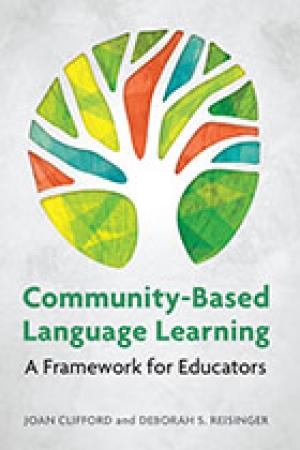
Click Here for Book Review Community-based Language Learning offers a new framework for world language educators interested in integrating community-based language learning (CBLL) into their teaching and curricula. CBLL connects academic learning objectives with experiential learning, ranging from reciprocal partnerships with the community (e.g., community engagement, service learning) to one-directional learning situations such as community service and site visits. This resource prepares teachers to implement CBLL by offering solid theoretical frameworks alongside real-world case studies and engaging exercises, all designed to help students build both language skills and authentic relationships as they engage with world language communities in the US. Making the case that language learning can be a tool for social change as well, Community-based Language Learning serves as a valuable resource for language educators at all levels, as well as students of language teaching methodology and community organizations working with immigrant populations. (From the Publisher)
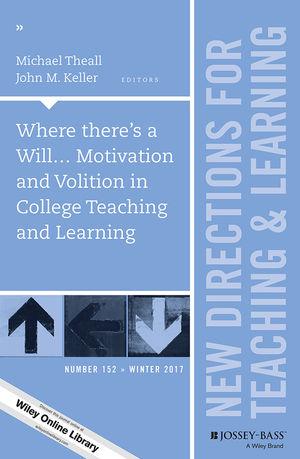
Motivating students – a primary goal of education - is complex, to say the least. This issue focuses on a model for motivation, volition, and performance that acknowledges the importance of volition as action subsequent to motivation: action that leads to improved performance. This “MVP” model provides a framework for considering various teaching and learning topics and can be extended into other areas such as professional development. While models such as MVP are particularly helpful in establishing the relationships among constructs and in explaining theoretical bases, integration and application of such models are equally important. This issue discusses applications of the model and provide concrete ideas for integrating it into ongoing teaching practice. This is the 152nd volume of this Jossey-Bass higher education series. It offers a comprehensive range of ideas and techniques for improving college teaching based on the experience of seasoned instructors and the latest findings of educational and psychological researchers. (From the Publisher)
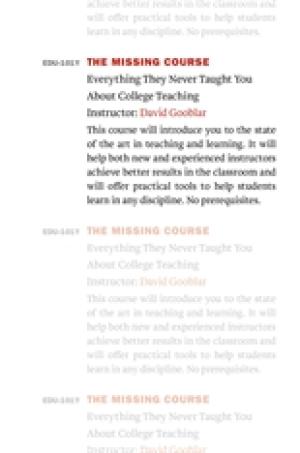
Professors know a lot, but they are rarely taught how to teach. The author of the Chronicle of Higher Education’s popular “Pedagogy Unbound” column explains everything you need to know to be a successful college instructor. College is changing, but the way we train academics is not. Most professors are still trained to be researchers first and teachers a distant second, even as scholars are increasingly expected to excel in the classroom. There has been a revolution in teaching and learning over the past generation, and we now have a whole new understanding of how the brain works and how students learn. But most academics have neither the time nor the resources to catch up to the latest research or train themselves to be excellent teachers. The Missing Course offers scholars at all levels a field guide to the state of the art in teaching and learning and is packed with invaluable insights to help students learn in any discipline. Wary of the folk wisdom of the faculty lounge, David Gooblar builds his lessons on the newest findings and years of experience. From active-learning strategies to course design to getting students talking, The Missing Course walks you through the fundamentals of the student-centered classroom, one in which the measure of success is not how well you lecture but how much students learn. Along the way, readers will find ideas and tips they can use in their classrooms right away. (From the Publisher)
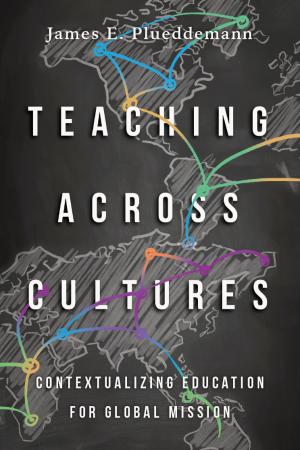
Click Here for Book Review This book, marked by its practical, experiential depth, is a little gem. I look forward to engaging it in my intercultural classroom. - Eduardo C. Fern√°ndez, SJ, Jesuit School of Theology of Santa Clara University In our globalized world, ideas are constantly being exchanged between people of different cultural backgrounds. But educators often struggle to adapt to the contexts of diverse learners. Some focus so much on content delivery that they overlook crosscultural barriers to effective teaching. Educator and missiologist James Plueddemann offers field-tested insights for teaching across cultural differences. He unpacks how different cultural dynamics may inhibit learning and offers a framework for integrating conceptual ideas into practical experience. He provides a model of teaching as pilgrimage, where the aim is not merely the mastery of information but the use of knowledge to foster the development of the pilgrim learner. Plueddemann's crosscultural experience shows how teachers can make connections between content and context, bridging truth and life. Those who teach in educational institutions, mission organizations, churches, and other ministries will find insights here for transformational crosscultural learning. (From the Publisher)
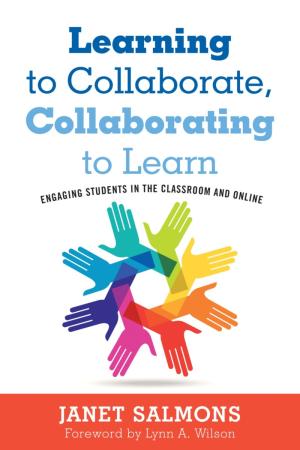
Students who know how to collaborate successfully in the classroom will be better prepared for professional success in a world where we are expected to work well with others. Students learn collaboratively, and acquire the skills needed to organize and complete collaborative work, when they participate in thoughtfully-designed learning activities. Learning to Collaborate, Collaborating to Learn uses the author’s Taxonomy of Online Collaboration to illustrate levels of progressively more complex and integrated collaborative activities. -Part I introduces the Taxonomy of Online Collaboration and offers theoretical and research foundations. -Part II focuses on ways to use Taxonomy of Online Collaboration, including, clarifying roles and developing trust, communicating effectively, organizing project tasks and systems. -Part III offers ways to design collaborative learning activities, assignments or projects, and ways to fairly assess participants’ performance. Learning to Collaborate, Collaborating to Learn is a professional guide intended for faculty, curriculum planners, or instructional designers who want to design, teach, facilitate, and assess collaborative learning. The book covers the use of information and communication technology tools by collaborative partners who may or may not be co-located. As such, the book will be appropriate for all-online, blended learning, or conventional classrooms that infuse technology instructional techniques. (From the Publisher)
The Soul of Higher Education: Contemplative Pedagogy, Research and Institutional Life for the Twenty-first Century contributes to an understanding of the importance and implications of a contemplative grounding for higher education. It is the sixth in a series entitled Advances in Workplace Spirituality: Theory, Research and Application, which is intended to be an authoritative and comprehensive series in the field. This volume consists of chapters written by noted scholars from both Eastern and Western traditions that shed light on the following questions: • What is an appropriate epistemological grounding for contemplative higher education? How dues the current dominant epistemology in higher education mitigate against contemplative teaching, learning, and research? What alternatives can be offered? • How can a contemplative culture be nurtured in the classroom? What difference does that culture make in teaching and learning? What is the role of individual and institutional leadership in creating and sustaining this culture? • What is contemplative research? How can the emerging field of contemplative studies fit into the twenty-first-century university? • What can faculty and students learn from contemplative practices about how to find peace of mind in a world of higher education characterized by increasing complexity, financial pressures, and conflicts? • What does a contemplative organizational structure look like in higher education? How can committees, faculty meetings, and administrative teams use contemplative practices to work more effectively together? • How can contemplative decision-making processes be used in higher education? Given hierarchies, turf wars, and academics’ propensity for using argument as a weapon, is it possible to introduce contemplative practices into decision-making situations in appropriate ways? (From the Publisher)
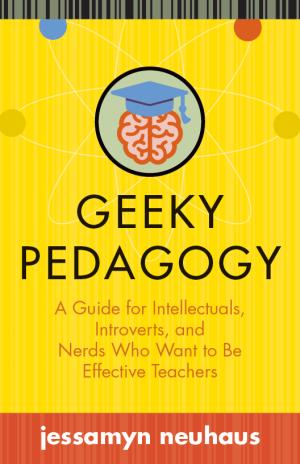
Geeky Pedagogy is a funny, evidence-based, multidisciplinary, pragmatic, highly readable guide to the process of learning and relearning how to be an effective college teacher. It is the first college teaching guide that encourages faculty to embrace their inner nerd, inviting readers to view themselves and their teaching work in light of contemporary discourse that celebrates increasingly diverse geek culture and explores stereotypes about super-smart introverts. Geeky Pedagogy avoids the excessive jargon, humorlessness, and endless proscriptions that plague much published advice about teaching. Neuhaus is aware of how embodied identity and employment status shape one’s teaching context, and she eschews formulaic depictions of idealized exemplar teaching, instead inviting readers to join her in an engaging, critically reflective conversation about the vicissitudes of teaching and learning in higher education as a geek, introvert, or nerd. Written for the wonks and eggheads who want to translate their vast scholarly expertise into authentic student learning, Geeky Pedagogy is packed with practical advice and encouragement for increasing readers’ pedagogical knowledge. (From the Publisher)